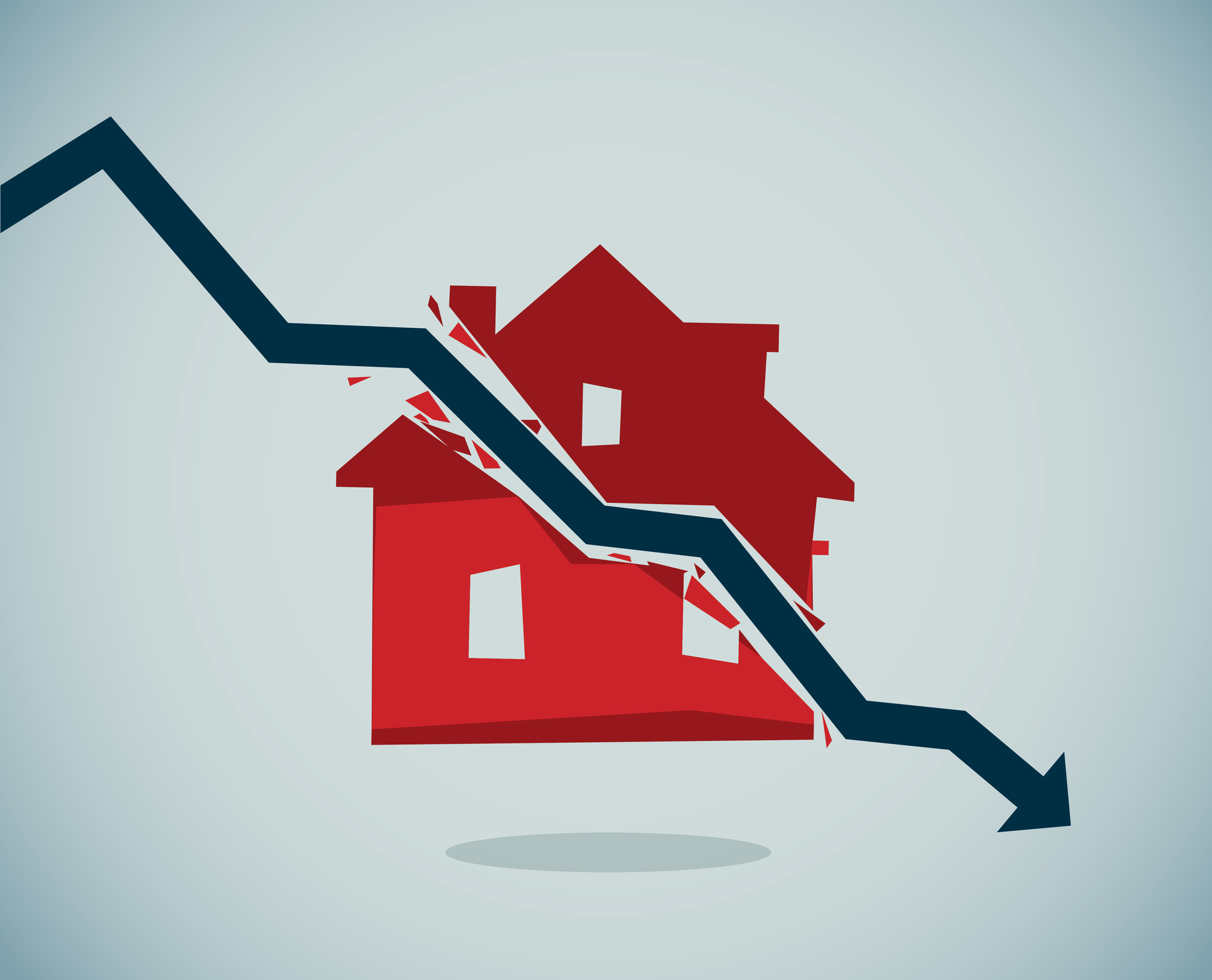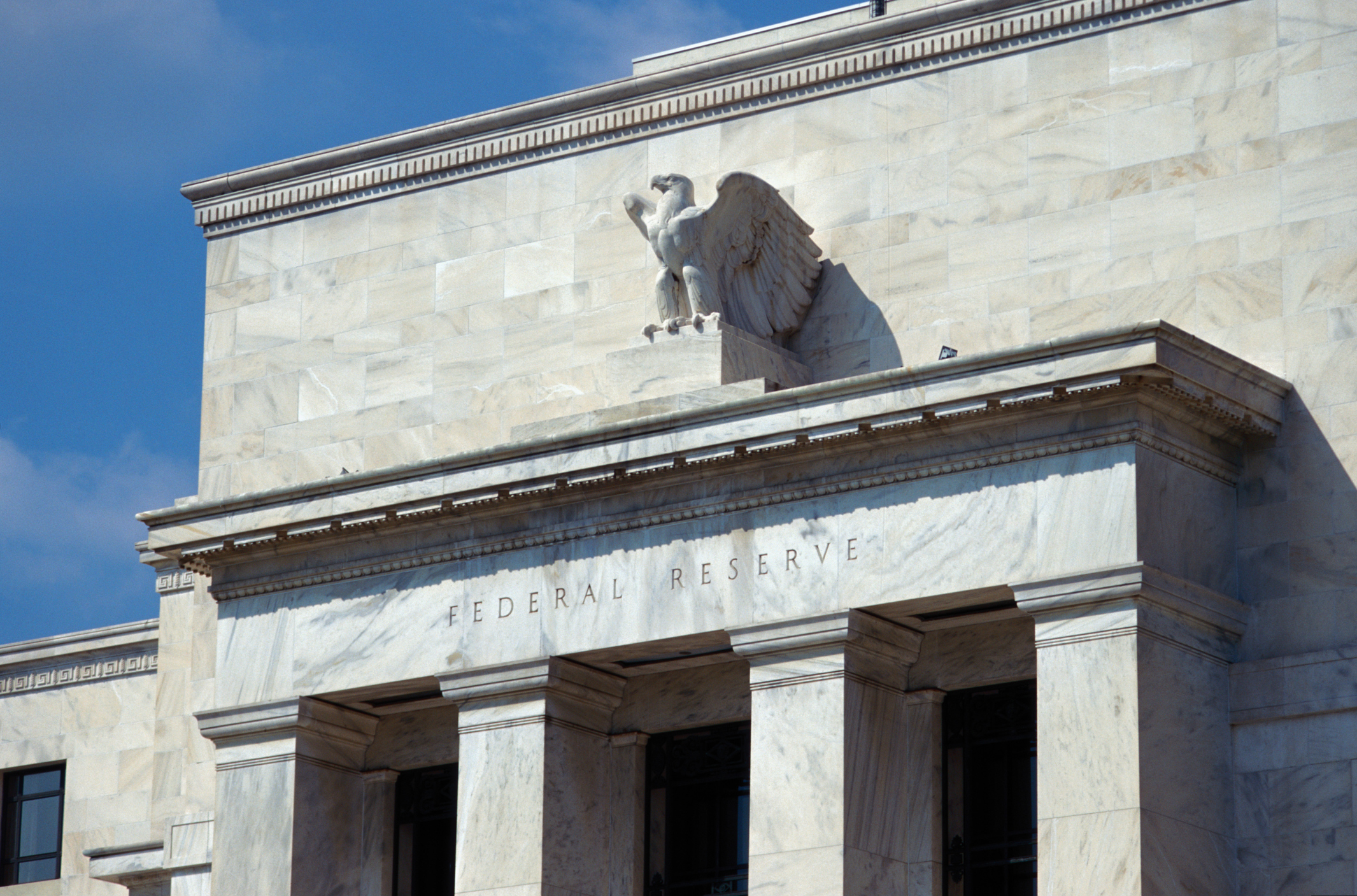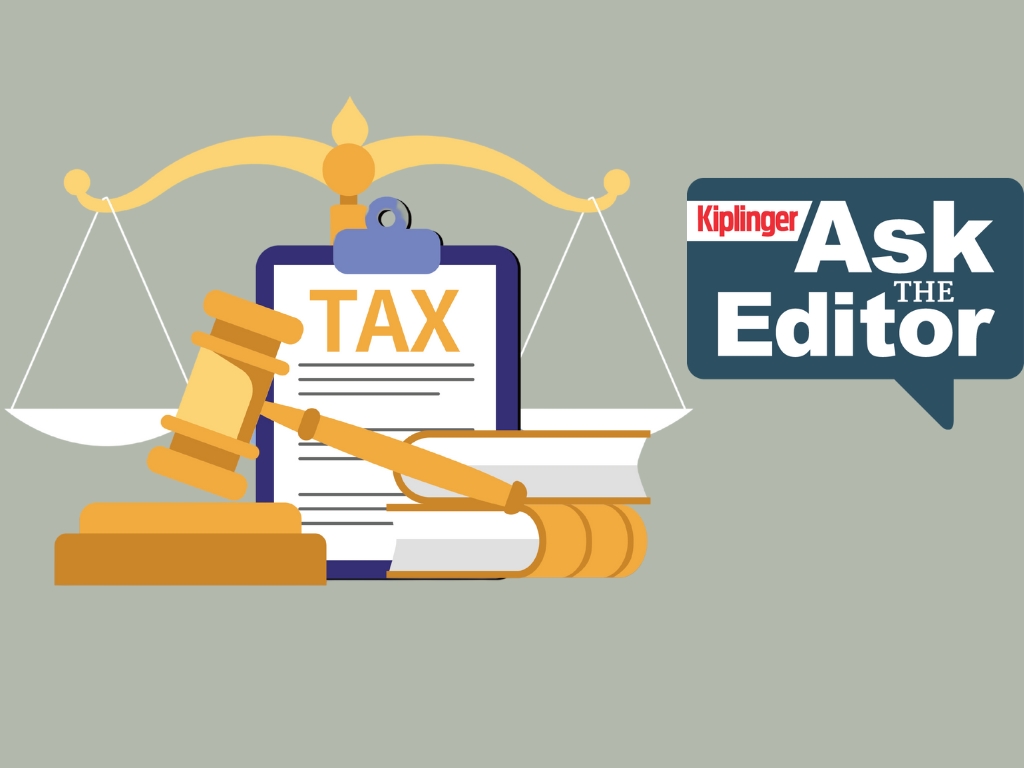What Could Derail the Economy This Year?
While the outlook is mostly favorable, there are plenty of risks that bear watching.

To help you understand what is going on in the economy and beyond, our highly experienced Kiplinger Letter team will keep you abreast of the latest developments and forecasts (Get a free issue of The Kiplinger Letter or subscribe). You'll get all the latest news first by subscribing, but we publish many (but not all) of our forecasts a few days afterward online. Here’s the latest...
This should be a decent year for the economy, with GDP growing faster than its long-term average, unemployment staying relatively low, and consumers continuing to spend at a modestly robust pace. But it pays to consider what may go wrong, and think about how it would impact your situation. Here are the biggest risks we can foresee to the economy in 2025, and how realistic they are.
1. Bond Yields
The most obvious worry is rising bond yields. The yield on the key 10-year Treasury note is up by more than a percentage point since September when the Federal Reserve first cut short-term rates. Expectations for strong growth, higher inflation and larger budget deficits are clearly on the minds of bond investors. The trillion-dollar question now: How much more could yields rise? Is this a short-term increase, or are we in the midst of an extended bear market in bonds — one driven by inflation that stays stubbornly elevated? The latter could push bond yields to levels that sap growth. We look for at least a small further gain. That shouldn’t derail the economy. It’ll hurt, especially for the housing market, where affordability is already smothering sales, but GDP growth should be able to withstand higher, but historically normal, yields. A spike well above 5% on the 10-year yield would be a different matter. Many borrowers would struggle, not least the Treasury, given its flood of red ink.

Sign up for Kiplinger’s Free E-Newsletters
Profit and prosper with the best of expert advice on investing, taxes, retirement, personal finance and more - straight to your e-mail.
Profit and prosper with the best of expert advice - straight to your e-mail.
2. Inflation
Related to yields, inflation could prove stickier than the Fed hopes. Tariffs have the potential to boost inflation if they’re levied broadly by the new administration, which could force the Fed to cancel plans to trim interest rates, or even hike them. Also, if U.S. tariffs on imported goods lead to retaliation by some of our trade partners. An outright trade war could both spur inflation and hobble the economy. We don’t expect one, and think President-elect Trump will mostly threaten to levy tariffs to gain negotiating leverage in talks on a variety of issues. But, it can’t be ruled out.
3. Other risks
Some of these are certain to occur but unpredictable, some are merely possible: Natural disasters. The horrific California fires are a grim reminder of the damage that Mother Nature can wreak, to life and property. More disasters this year are a given, but the question is how many and how severe.
A stock market drop. We don’t see one coming, but it’s only a matter of time before the sharp rally since 2022 hits some sort of correction. Pullbacks are healthy if they cool speculative mania. Nasty bear markets can sap consumer confidence and spending, crimping economic growth. Tech stocks in particular look overbought.
Geopolitical risks. A flare-up of ongoing wars or the start of a new one. These are unpredictable, but there’s little doubt the world has grown more dangerous.
This forecast first appeared in The Kiplinger Letter, which has been running since 1923 and is a collection of concise weekly forecasts on business and economic trends, as well as what to expect from Washington, to help you understand what’s coming up to make the most of your investments and your money. Subscribe to The Kiplinger Letter.
Related Stories
- Tariffs: What They Are and How They Impact Your Wallet
- 5 Ways the Second Trump Term Could Affect Your Finances
- How to Hedge Against Tariffs
- The Most Expensive Natural Disasters in US History
Profit and prosper with the best of Kiplinger's advice on investing, taxes, retirement, personal finance and much more. Delivered daily. Enter your email in the box and click Sign Me Up.

David is both staff economist and reporter for The Kiplinger Letter, overseeing Kiplinger forecasts for the U.S. and world economies. Previously, he was senior principal economist in the Center for Forecasting and Modeling at IHS/GlobalInsight, and an economist in the Chief Economist's Office of the U.S. Department of Commerce. David has co-written weekly reports on economic conditions since 1992, and has forecasted GDP and its components since 1995, beating the Blue Chip Indicators forecasts two-thirds of the time. David is a Certified Business Economist as recognized by the National Association for Business Economics. He has two master's degrees and is ABD in economics from the University of North Carolina at Chapel Hill.
-
 New Trump Incentive Could Help Donors Avoid Capital Gains Tax
New Trump Incentive Could Help Donors Avoid Capital Gains TaxTax Policy As U.S. Senate Republicans mark up their version of the One Big Beautiful Bill Act, one provision could give some donors a major tax break.
-
 2025 SALT Cap Could Hurt Top 'Hidden Home Cost'
2025 SALT Cap Could Hurt Top 'Hidden Home Cost'Tax Deductions The latest GOP tax bill might make hidden homeowner costs worse for you. Here’s how.
-
 Blue Collar Workers Add AI to Their Toolboxes
Blue Collar Workers Add AI to Their ToolboxesThe Kiplinger Letter AI can’t fix a leak or install lighting, but more and more tradespeople are adopting artificial intelligence for back-office work and other tasks.
-
 Who Will Replace Jerome Powell as Fed Chair?
Who Will Replace Jerome Powell as Fed Chair?Buzz is building that President Trump could announce Fed Chair Powell's replacement sooner rather than later, even though his term doesn't end until next year.
-
 Trump Tariffs Make 2025 Father’s Day Gifts Pricier: What to Know
Trump Tariffs Make 2025 Father’s Day Gifts Pricier: What to KnowTariffs Popular Father’s Day gift ideas like grills, clothing, and fishing gear are facing price hikes this year. Here's what to know before you shop.
-
 June Fed Meeting: Updates and Commentary
June Fed Meeting: Updates and CommentaryThe June Fed meeting was a key economic event, with Wall Street keyed into what Fed Chair Powell & Co. have to say about interest rates and the economy.
-
 America's Surprising Strengths in Manufacturing and Exports
America's Surprising Strengths in Manufacturing and ExportsThe Kiplinger Letter Despite common perceptions that the U.S. doesn't build things anymore, American factories are still hard at work. A special report from The Kiplinger Letter.
-
 Stock Market Today: Good Feelings and Solid Data Lift Stocks
Stock Market Today: Good Feelings and Solid Data Lift StocksResilience and de-escalation defined another generally positive day for financial markets.
-
 Stock Market Today: Tesla Drags on Stocks Amid Musk-Trump Feud
Stock Market Today: Tesla Drags on Stocks Amid Musk-Trump FeudSentiment has soured between President Trump and his once-loyal ally, Tesla CEO Elon Musk.
-
 Ask the Editor, May 30: Questions on the One Big Beautiful Bill
Ask the Editor, May 30: Questions on the One Big Beautiful BillAsk the Editor In this week's Ask the Editor Q&A, we answer tax questions from readers on the House-passed “One Big Beautiful Bill.”